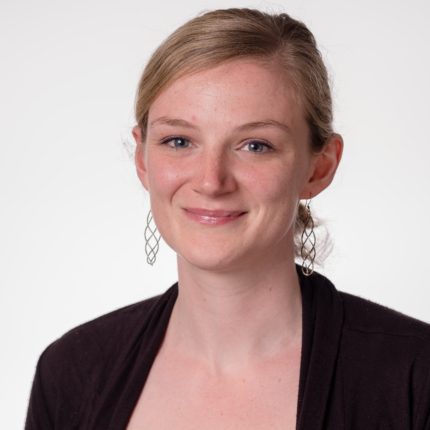In renewing their civic missions, universities are increasingly being encouraged to form partnerships with local communities and organisations, including for research.
This has the potential to offer wide social benefits and to enrich the knowledge base with diverse experiences and stories. However, a report out today suggests that black and minority ethnic (BME) communities are under-represented and under-valued in such relationships. Are universities at risk of reinforcing racial inequalities through their research activities?
Finding common cause
Over the last two years, I have worked with the Common Cause team to better understand research collaborations between universities and BME community and arts organisations. Our new report and case studies show that where collaborations are happening they are producing meaningful research and legacies in the arts and humanities.
Legacies from the 19 case studies include: impact on government policy in areas such as culture, media and local government; the creation of new artworks; archives of unrecorded histories; and capacity building and personal development. Successful partnerships require time for people to get to know each other and a willingness to share and learn from each other’s knowledge and experience.
However, these collaborations are often swimming against a tide of obstacles and are successful largely because of the commitment and passion of a handful of individuals involved. Austerity-related cuts to BME organisations has left many cash-strapped and with limited capacity for partnerships.
Other obstacles, however, are directly the result of university practices and funding structures. These include inappropriate ethics procedures, short-notice funding calls, and a lack of understanding about the cost-implications of collaboration on community partners.
Most harmful are the experiences of racism, stereotyping and tokenism experienced by some university partners. Participants told us of being asked to leave university spaces or or being mistaken for a job-seeker. Others reported being talked over in meetings or white academics not making eye contact. Combined with a history of extractive research “on” rather than “with” communities, and a perception of universities as white-led institutions lacking in transparency, there are understandable feelings of mistrust in BME communities.
Fair and mutual partnerships
So, how can academics, HE institutions and research funders improve this situation? We have developed 10 principles that offer a checklist for those engaging in collaborative research with any community to ensure that they are offering a “fair and mutual” partnership.
- A commitment to strengthening the partnering community organisation
- A commitment to mutual benefit
- A commitment to transparency and accountability
- Fair practices in payments
- Fair payments for participants
- A commitment to fair knowledge exchange
- A commitment to sustainability and legacy
- A commitment to equality and diversity
- A commitment to sectoral as well as organisational development
- A commitment to reciprocal learning.
These principles are available for download as a poster. Although they will not offer a quick fix to resolve power imbalances and inequalities in research, they do provide a route to introducing fairer working practices across university-community partnerships. In particular, they will play a part in strengthening the long-term capacity of BME communities to contribute to building a representative knowledge base in universities and beyond.
Why does it matter?
We have found examples of projects in which academics have partnered with BME communities to produce exciting, engaging and important research. But, without urgent action and intentional effort to build better partnerships, there is a risk that we in the higher education sector contribute to existing inequalities and overlook the expertise of the diverse communities of the UK.
The Common Cause research project is part of a much wider debate about inclusion and decolonisation in universities. If our universities and funding structures are to ensure that they are serving the needs of all our communities, the inclusion of BME communities on a fair and mutual basis in our research spaces is vital to achieving that.












